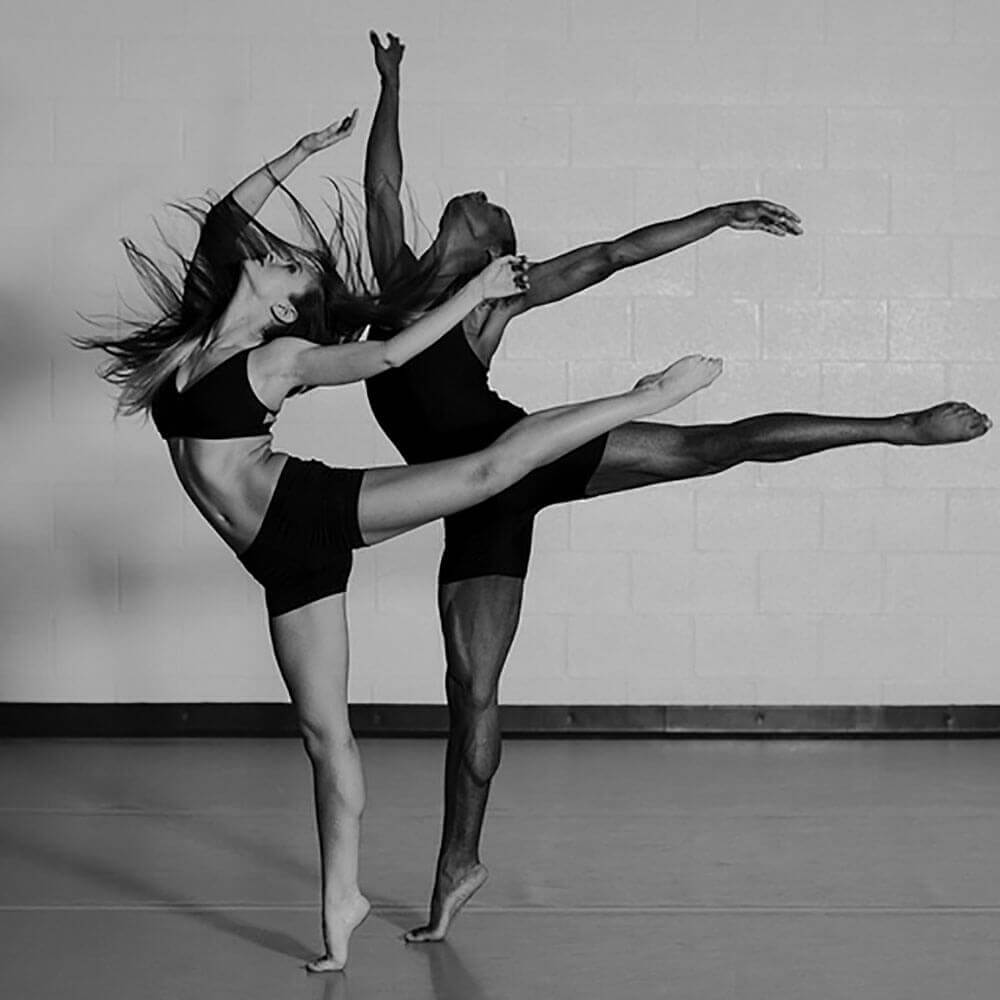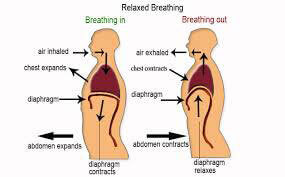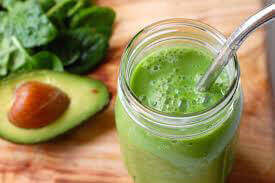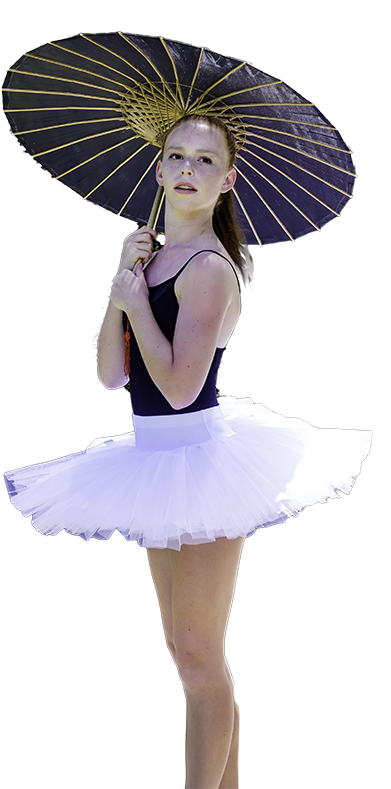
Six important tips to improve endurance for a dancer
September 18th, 2015,
kathryn Chao,
0 Comments
What do people think of when they think of dance? Dancers strive to be, with their tutus, tiaras and sweat, etc. Yes, dancers do sweat, and it is hard work!
No one wants to be that dancer that is visibly out of breath and increasingly out of control, making the audience worry if they need to call a doctor. But dancers for the most part tend to forget about energy and endurance, focusing instead on technique and shape and choreography and musicality–and even injury prevention. These are all very important to consider, of course, but if a dancer is too exhausted to get through a piece then technique just isn’t going to be useful. Actually, as a dancer gets more tired, technique gets sloppy, choreography becomes harder to learn, and it’s definitely the time when injuries happen.
It would be a wonderful world if dancers had trainers the way professional sports stars and Olympics athletes do – with nutritionists and trainers at their disposal! But dancers don’t. Dancers only have themselves, and their acute sensitivity to our bodies, to decide what works for them individually and what doesn’t. They have only themselves to maintain accountability, to customize a plan that works for them and turn their bodies into fine-tuned machines.
Try the following endurance techniques and see if they work for you as a dancer:
- Breath Control
This is probably the most useful discovery. When your heart is beating so hard that you can practically see it beating through your chest and you’re breathing so heavily the audience can hear you, and you still have more dancing left to do. What do you when this happens is you consciously slow your breathing down.
Even though you might be panting, nearly gasping for air, just force yourself to slow it down. Take a long slow inhale. Pause at the top of your breath and hold it in for a second or two. Exhale a long slow exhale through a slightly open mouth. Exhaling through your mouth will release some heat from the body. The longer you can make your inhales and exhales the better. It may be uncomfortable at first because your body is demanding oxygen. But after you take three breaths like this you have managed to slow your breathing back down to a manageable rate and you will feel less tired.
Sometimes you need a advantage of the oxygen tanks available backstage.
Find places to breathe deeply in each variation or piece that you are in.
Like anything, this breath work might not come in one day. It’s like a muscle you have to train. Yoga can help you learn more about deep breath work. Becoming aware of the way you breathe, even in class, will help your stamina. Pay attention to it and make it a priority as much as you pay attention to your port de bras.

- Don’t Sit Down
When you are exhausted you will naturally want to take a rest as soon as you stop dancing. But try not to.p>
Training yourself to keep standing up during class and rehearsals will help you build stamina because you won’t ever let yourself be lulled into a state of relaxation. It’s an addictive place to be and once you sit down you’re not going to want to get back up.
- Practice when you’re tired
. After you rehearse something, keep moving. It will keep your heart rate up and it will train you to be capable of vigorous activity for longer and longer periods of time. Keep jumping, jog around the studio or do jumping jacks. And, as mentioned earlier, remember not to sit down!
Don’t let your body think that its job is done and that it can shut down. If you follow up your variation with ten jumping jacks, then the next time do twelve, then twenty–your heart, lungs and legs will have that much more energy when you make it to the stage. Dancers who do their variations twice in a row- the first time full-out and pushing, the second time a little under but every time gaining more endurance. Just make sure you are smart about which parts you are marking, especially if you have a partner. Never mark runs because if you throw that away in the studio it’s going to feel like a struggle on stage.
- Don’t Tell Yourself You’re Tired
. Dancers are mentally strong enough to put up with physical pain, high stress and demanding choreographers. Training your minds not to be tired is just one more form of cerebral fortitude you must practice in order to improve our endurance. Don’t train your mind to immediately react to dancing and vigorous activity with being tired. Train yourself to have an attitude of energy, and don’t revert to a habit of exhaustion.
- Don’t try to impress people
Panicking about making mistakes or not getting through the dance only makes a dancer’s heart race faster.
When you are nervous you forget to breathe and then you get tired and you do worse. It’s best to take a few long, slow breaths somewhere quiet before an audition or a show to get settled and get your breath in the right place.
Green Smoothies for the Win!
- Diet and Cross-Training

In order to improve energy and endurance, dancers must pay attention to “Diet” and “Cross-Training”. Low-impact cardio like stationary bike, swimming and interval training are favorites among some dancers who want to supplement their physical fitness.
Most people would lean towards sugary energy drinks and chews for a boost of energy. Why not try a long-term endurance that you can always depend on? The answer is “green smoothies”! They are so hydrating and full of vitamins. Also try to have some chia seeds (soaked in almond milk with honey, dates and raw cacao powder) a few hours before a performance for a boost of energy. They are an amazing super foods, high in protein and other nutrients. That’s endurance! In addition, always bring pineapple juice(with ginger to help with inflammation) to drink during your performance.
It is crucial for a dancer to have lots of small meals like smoothies and fruit or multi grain toast so that you don’t feel heavy or sluggish. After a performance, it is important to have a more substantial meal like quinoa with roasted sweet potatoes and avocado to keep you energized.
Hydrating and drinking lots of water in general is another crucial factor. Always have your water bottle handy if you are ever in need to hydrate.
We hope the above few tips will help to improve your energy and endurance for you as a dancer. Hopefully you can incorporate some of these into your dancing life. But as always, try to figure out some others that work for you, and share these tips with your dancing buddies!


Leave your comment